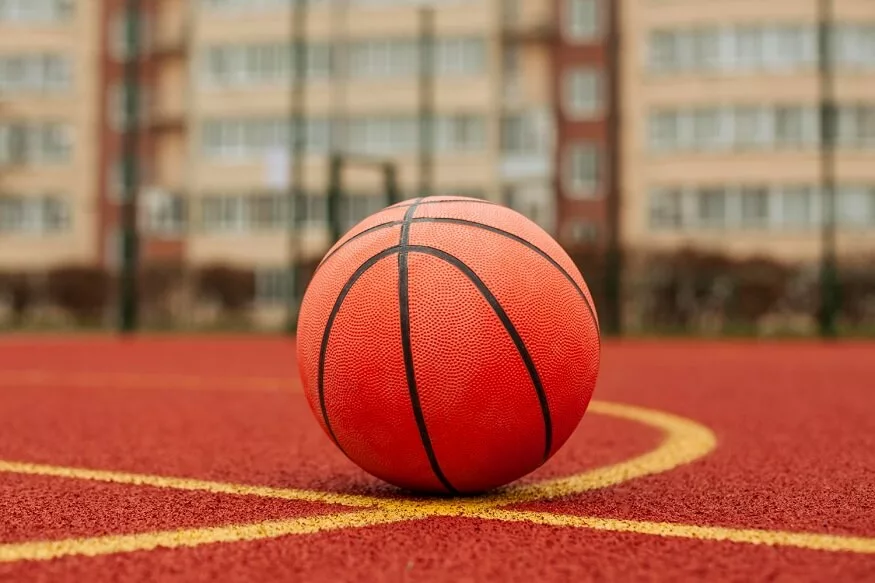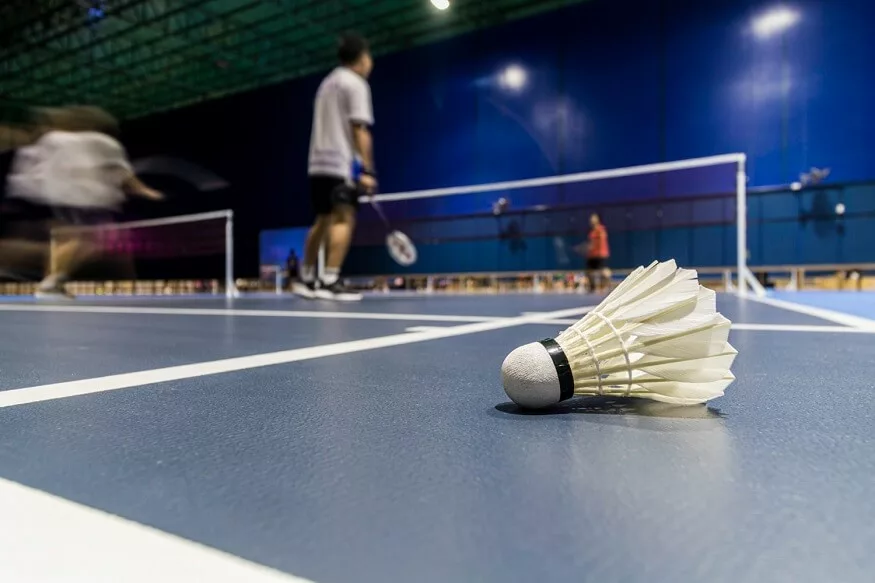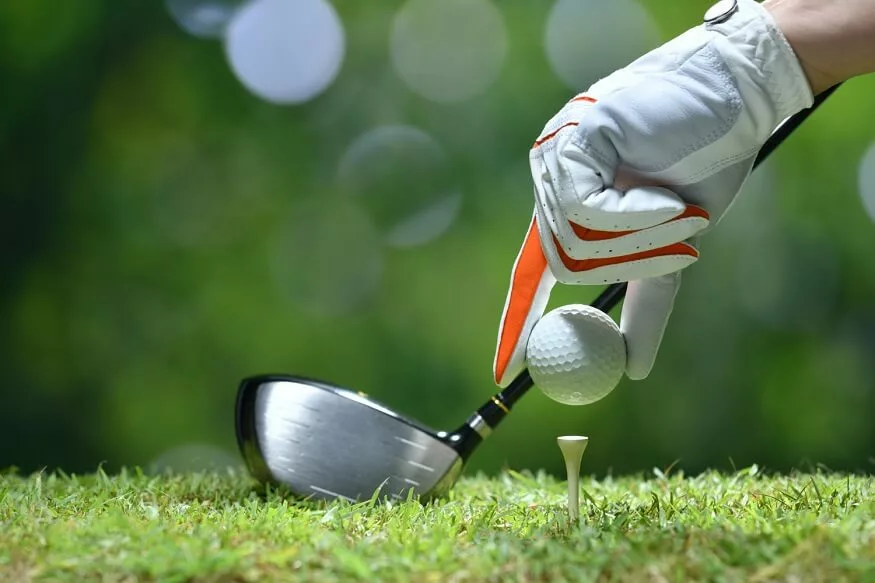Indoor basketball combines the thrill of the game with indoor comfort. This blog will explain the basic rules and skills required to succeed in indoor basketball.
History of basketball
Basketball was invented by Jim Naismith in 1891. He invented the sport for indoor play at the YMCA in Massachusetts. The first game was played with a soccer ball with two peach baskets for goals. In 1936, basketball became an Olympic sport and today, the National Basketball Association (NBA) is one of the most popular basketball leagues globally.
Indoor basketball court
An essential part of indoor basketball is the interior layout.
- Floor: The hardwood court is predominantly made from maple. Maple floors have been used in basketball since James Naismith invented the game.
- Dimensions: Basketball court dimensions vary depending on the level of gameplay, from the professional National Basketball Association (NBA) to collegiate tournaments to high-school and junior levels. However, indoor basketball courts are known for their stringent adherence to official basketball court dimensions set forth by the NBA.
-
Below are the sizes of a basketball court:
- For NBA matches – 94 feet long by 50 feet wide
- For High School matches – 84 feet long by 50 feet wide
- For Junior High matches – 74 feet long by 42 feet wide
- Three-Point arc: The three-point line is an arc-shaped line near each basket that determines how many points a successful shot is worth in basketball. Any shot made outside of the arc is worth three points instead of the normal two.
The distance from the basket to the three-point arc changes for different levels of basketball play:
- For NBA matches – 23 feet 9 inches at the top, 22 feet at the sides
- For High School matches – 19 feet 9 inches
- Free throw line: The free throw line is 15 feet from the backboard. When fouls or violations happen, players can take a shot from there.
- Free throw lane: The space between the free throw line and the baseline is called the “lane” or “key.” It is 12 feet wide for college and high school matches and 16 feet wide in the NBA.
- Free Throw and Centre Circle: The top key circle is for jump balls on that side, while the centre circle is for the game’s start and mid-court jump balls.
- The Basket: The basket is located 4 feet out from the baseline. The rim is 10 feet high.
- Out of Bounds: The basketball court’s boundaries are defined by the sidelines along its length and the baselines (also known as end lines) at each end.
Also Read: Conditioning Drills for Basketball Players
Basketball rules
- The game is played by two teams of five players each
- The players move the ball dribbling it while walking or running.
- Games are watched over by referees who enforce the rules.
- The teams have 24 seconds to shoot, or the other team gets the ball.
- Players must avoid goaltending: Not touching the ball when it is on its way down to the basket or the rim.
Scoring in Basketball
- The winner of a basketball game is the team with the most points.
- You get points by throwing the basketball through the opponent’s hoop or basket.
- A shot, taken from anywhere within the ‘three-point line’, fetches two points.
- A shot, taken from beyond the three-point line, fetches three points.
- Each free throw fetches 1 point.
- A free throw is given after the opponent commits certain fouls.
Also Read: Benefits Of Playing Squash
Basketball Player Positions
Below are the various player positions in basketball:
- Point guard: The point guard is like the team’s captain. They decide the team’s moves on the court and are great at passing and ball-handling.
- Shooting guard: The shooting guard in basketball is typically the player who specializes in making long shots, including three-pointers. They’re often good at passing and are key scorers for the team.
- Small forward: These are players who can handle the ball, make outside shots, and contribute in rebounding. They are often strong defenders and can guard different positions. They are sometimes called “wing” players.
- Power forward: The power forward’s main job is to grab rebounds and score close to the hoop. Some are also excellent shot blockers.
- Centre: The centre in basketball is usually the tallest player, often over 7 feet tall in the NBA. They can score, but their main job is grabbing rebounds and blocking shots. They are like the last defence line.
- Bench: A strong bench is vital for a team’s success, with at least 3 bench players usually getting substantial playing time in most games.
Also Read: Outdoor Activities that Enhance Gross Motor Skills
Indoor basketball shootout games
Basketball offers various fun shootout games that challenge a player’s shooting skills:
- H-O-R-S-E: In this game, players aim to avoid spelling “HORSE” by taking turns making shots. Missing a shot means earning a letter, and the last player without all the letters wins the game.
- Around the world: This game hones the shooting technique by making players aim from different, specific positions that mimic the shape of a semicircle. The objective is to be the first player to make it “around the world”
- Bump: Each player aims at the basket from the free-throw line. The catch is the next player can ‘bump’ or knock away the preceding player’s ball by scoring. This continues until a player scores, following which, the player leaves the game. The last player standing wins.
- Twenty-one: This game is played with two or more players who compete to score exactly 21 points. Scoring is done through shootouts and each ‘made’ basket counts as two points. If a player surpasses 21, their score gets reset to 13.
Also Read: 33 Basketball Terms Every Kid Should Know
Indoor basketball is a dynamic sport that contributes to the overall development and promotion of basketball, bridging the gap between grassroots and professional leagues. At EuroSchool, we include basketball as part of our physical education curriculum or extracurricular activities. Students have the opportunity to learn and play basketball, improving their fitness and teamwork skills. We also encourage our basketball teams to participate in local or regional competitions.










